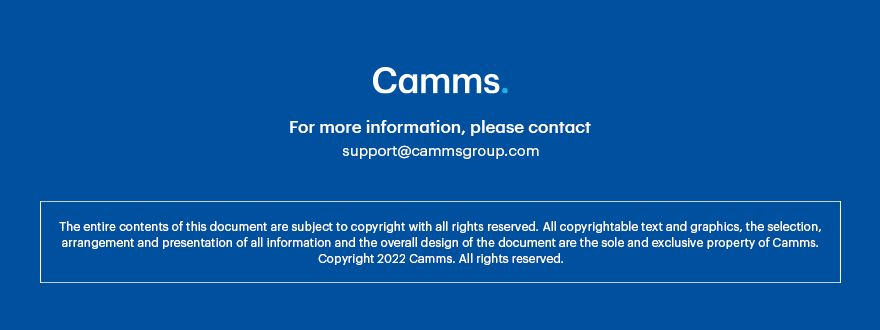A new meeting can be created from the 'Create New Meeting' link on the homepage. Quick links panel on the left hand side would be the easiest and quickest method of creating a meeting.
Meetings can be created based on the user role and the meeting type. The below table shows the type of meeting each user role can create.
| Formal Public | Formal Internal | Informal |
Operational User |
| √ | √ |
Meeting manager – Internal | √ | √ | √ |
Meeting manager – Committee |
| √ | √ |
Action Manager |
| √ | √ |
There are three types of meetings that can be created.
1. Formal Public Meetings
Formal Public meetings are public meetings mainly organised by Councils for the Public. The Public should be able to view the meeting agenda prior to meeting commencement and view the meeting minutes after the minutes are finalised. Any Staff user can create this meeting. The users selected as Members of this meeting will have the right to vote. Participants cannot vote.
2. Formal Internal Meetings
Formal internal Meetings are meetings held within the council between management teams and council members. For example, the Annual General Meetings. And Staff and non-staff users can create this meeting. The users selected as Members of this meeting will have the right to vote. Participants cannot vote.
3. Informal Meetings
These are meetings held between the staff and management teams as informal meetings. Only Participants drop down will be visible. Voting is not enabled for this type of meeting.
Create New Meeting
To create meeting the following steps have to be followed:
- STEP 1: A user can create a new meeting by clicking the 'create meeting' icon from the left side Quick Link Panels. The form will load. The default page will be for Informal meetings.

- STEP 2: The create meeting page will have the below mentioned fields:
- Type of meeting – Select the type of meeting. The radio button will show the three types of meetings.
- Agenda template – The agenda templates available would differ according to your meeting type selection. The form will load with a default agenda template, which can be changed. Only the agenda templates which have been made visible by the administrator will be shown here. Only one agenda template can be selected. This is a mandatory field.
- Meeting Title – This is the name of the meeting. This is a mandatory field.
- From To Date & Time – Set the meeting date and the time using from and to fields. The default selection would be the current Date and time. These are mandatory fields.
- Members – Select one or more members from the staff/member drop down. The drop down contains Staff and non-staff.
By clicking the ‘+’ on the side of the list box, a pop up will appear. This will list all the committees. By selecting the committee, all members of the committee will be added. The user can remove any members if not required.
If committees have been linked in the selected Agenda template, those member names’ will be auto populated.
Members cannot be added for Informal Meetings but is a mandatory field for Formal Public meetings. Only members are allowed to vote at meetings.

- Participants – Select one or more members from the all staff/member drop down. By clicking the ‘+’ on the side of the list box, a pop up will appear. This will list all the teams. By selecting the team, all staff names within the team will be added. The user can remove any staff if not required. If teams have been linked in the selected Agenda template, those member names’ will be auto populated.
Participants are mandatory in Informal meetings and optional in Formal Public meetings and Formal Internal meetings. Participants cannot vote at the meeting.

- Organiser – Select the organiser for the meeting. Logged in user’s name would be selected by default. This can be changed as required. The organiser of the meeting would have access to the meeting minutes during the meeting. Ensure that the staff member selected as the organiser is the one who would be responsible for taking meeting minutes. This is a mandatory field.
The following fields will display based on the selected Agenda template. If the user does not have the fields required to create a meeting, the Agenda template needs to be edited. This is done by the System Administrator.
- Meeting Description – This area is to describe the purpose of the meeting and meeting details.
- Location – Select the meeting location. The location drop-down would display the locations saved in your system. Selecting a location would book the location calendar. If the location that you require is not n the list, please contact your system administrator.
- Secondary Organiser – Select the secondary organiser for the meeting. The person selected will take over the responsibilities of the organiser, in the event the organiser is not available.
- Agenda Deadline – Enter an Agenda deadline (if required). Agenda items must be completed and the agenda needs to be finalised prior to the Agenda deadline. The Agenda deadline has to be a date before the Meeting date. The system auto sets the agenda deadline 7 days prior to the Meeting date.
- Other Fields (Optional) – These are optional fields selected when creating the agenda template.
- STEP 3 – Click ‘Save’ to generate meeting.
Agenda preparation and finalising will be further explained within the 'Meeting Preparation' section.
